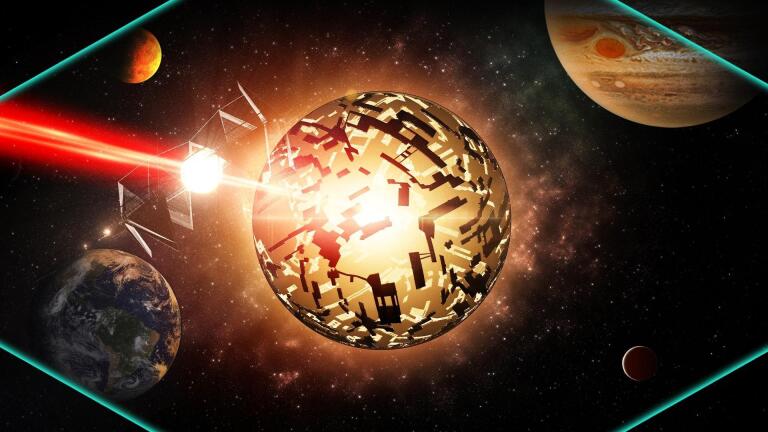Back to Show
PBS Space Time
What New Science Would We Discover with a Moon Telescope?
Season 9
Episode 24
There’s nowhere on the earth, or even orbiting the Earth, that’s far enough to hear to the faint radio hum from the time before stars. In fact, we may need to build a giant radio telescope in the quietest place in the solar system—the far side of the moon.
Support Provided By

11:49
Did JWST just find a new type of star powered by dark matter?

16:21
Did we just uncover new evidence to support Cold Dark Matter?

15:51
The gravitational wave background has probably been detected using a pulsar timing array.

15:05
Let’s explore how constant this speed of light fundamental constant really is.

14:39
Dark matter may be a quantum mechanical wave that literally holds galaxies together.

16:24
Has AI proven that the proton is made of 5 quarks rather than 3 quarks?

15:16
How close is too close for supernova explosions?

12:14
Could we turn our solar system into a spaceship and drive the Sun around the galaxy?

16:00
If we want to see quantum weirdness with our eyes, we’ll need Bose-Einstein Condensates.

16:42
Could LIGO find alien spacecraft accelerating to near light speed?

15:51
How can we tell the difference between fermions & bosons? Statistical Mechanics!

13:25
Why has a newly discovered a black hole started pointing directly at us?











